Patient-reported outcomes — which can help clinicians better tailor courses of treatment — are any reports that come directly from the patient about their health condition. For example, a patient-reported outcome in its simplest form is a patient circling the left knee on a diagram of the human body to signify they are experiencing left knee pain.
Collecting patient-reported outcomes can increase patient engagement, improve care, and even save time for clinical staff. One large health care provider that began collecting patient-reported outcomes closed 12,000 gaps in care, and their efforts translated into a savings of 125 days of staff work.
The data collected from patient-reported outcomes lets providers see how patients are responding to treatment plans and identify where the treatment can be improved. This helps them better personalize care and have more productive consultations with patients — as well as offer more transparency.
The challenges with patient-reported outcomes
Collecting this data from patients can be difficult, however. There are both internal and external obstacles. It’s good to keep a few important points in mind.
First, you’ll need buy-in from everyone in your organization. If you’re an independent healthcare provider — like an allergist with one or two other physicians in your practice — this should be easy. But if you’re part of a wider healthcare network, you’ll need to get other healthcare professionals in your organization on board.
This will mean working with professionals at other locations — and not just those who provide care directly to patients. You’ll need to speak with the IT team to see if it’s possible to use technology, talk to practice managers to figure out how to collect patient-reported outcomes, and decide if it’s easier to start with a pilot program at just one location.
The other obstacle that many healthcare providers will need to overcome is getting patients on board. A lot of patient-reported outcome programs require the use of an online patient portal. And these portals require a desktop computer, as many of them weren’t built with smartphones in mind.
While this may work for some patients, the patients who likely need to report their outcomes the most — the elderly and those with chronic conditions — may not have access to a desktop computer. The portal also may not be intuitive enough for them to use.
Leveraging forms for patient-reported outcomes
To get patient-reported outcome data regularly, use something that’s easy for patients to access on a mobile device and intuitive enough for them to understand. Instead of a patient portal that requires the patient to log in, it might be easier to create forms and send them directly to patients.
For example, you can create a HIPAA-friendly custom form in Jotform. You can then send the form to patients to complete. Jotform has a variety of templates that you can customize with the data fields you want to collect from patients — like blood glucose readings.
You can also set up the forms with your clinic’s branding. For example, you can add a logo or change the colors so that the forms are part of a seamless interaction for your patients.
Sending forms to patients
There’s always a privacy concern when asking patients to fill out forms, particularly if it’s a form that’s specific to them. One of the ways that Jotform makes this process even more secure, in addition to HIPAA protections, is with the Assign Forms feature.
Clinicians can send an email invitation to patients, asking them to fill out the form. They can also add an expiration date to the form. In addition, clinicians have the ability to track all assigned forms and send reminders if a patient hasn’t filled out one of them.
You can also require a sign-in for your forms. This will mean that the person you’re sending the form to will need a Jotform account, but since basic user accounts are free, this won’t cost your patients anything. Because having a Jotform account will aggregate all the forms you send your patients, they won’t have to dig through emails to find what they’re supposed to fill out.
The bottom line is, when you collect patient-reported outcome data, you’re in a better position to provide care. And if you make it easy for both staff and for patients, you’ll improve treatment plans and patient engagement.




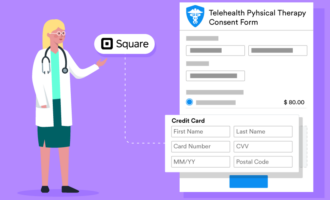








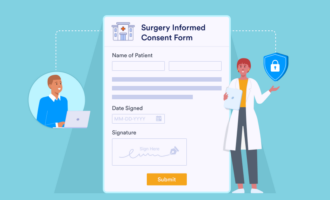
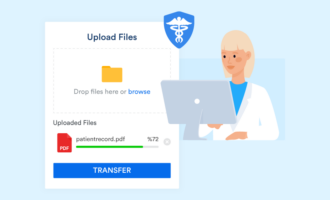
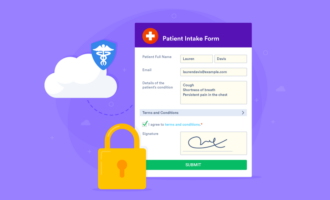

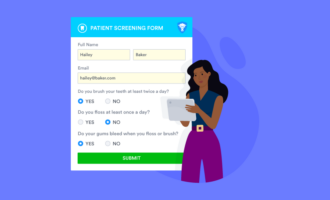
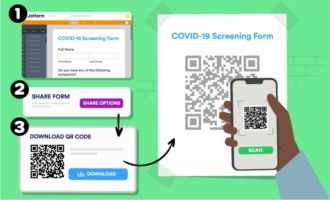






































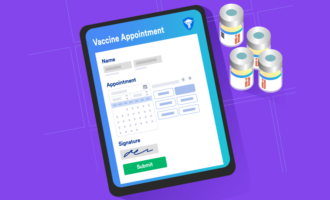
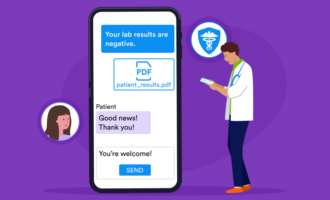




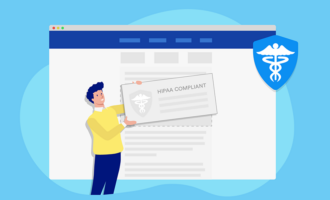






























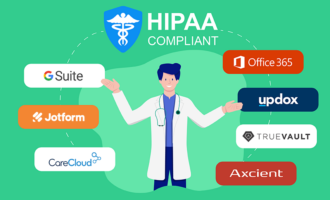








Send Comment: